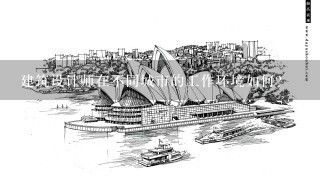建筑设计师在不同城市的工作环境如何?

Answer:
City 1: Urban Landscape Design
- Designers work on a variety of projects, from large-scale urban parks and green roofs to smaller residential projects.
- They are responsible for creating a cohesive and sustainable urban environment that integrates natural elements, public spaces, and pedestrian-friendly infrastructure.
- Urban designers in this city often collaborate with architects, landscape architects, and other professionals to ensure a holistic design approach.
City 2: Historical Preservation and Restoration
- Designers are involved in the restoration and adaptive reuse of historic buildings and structures.
- They prioritize preserving the architectural integrity of the buildings while incorporating modern elements and amenities.
- Historical preservation projects require attention to detail, respect for heritage, and a deep understanding of the city's history and culture.
City 3: Sustainable and Eco-Friendly Design
- Designers prioritize sustainability and incorporate green building principles, renewable energy sources, and sustainable materials into their projects.
- They strive to create buildings that minimize their environmental impact and promote a healthy living environment.
- Sustainable design in this city often involves collaboration with architects, engineers, and other professionals who share a commitment to sustainability.
City 4: Tech Hub and Innovation
- Designers work in a fast-paced and dynamic environment, creating spaces that foster innovation and collaboration.
- They are responsible for designing flexible and adaptable workspaces, co-working spaces, and research labs that accommodate a diverse range of users.
- Tech hubs often have high-tech specifications and require designers to be proficient in using advanced software and tools.
City 5: Cultural and Community Hub
- Designers create spaces that serve as cultural and community hubs, fostering social interaction and promoting a sense of belonging.
- They collaborate with community leaders, residents, and stakeholders to develop inclusive and engaging public spaces.
- Cultural and community hubs often incorporate elements of art, culture, and history, creating a vibrant and engaging environment.





























































